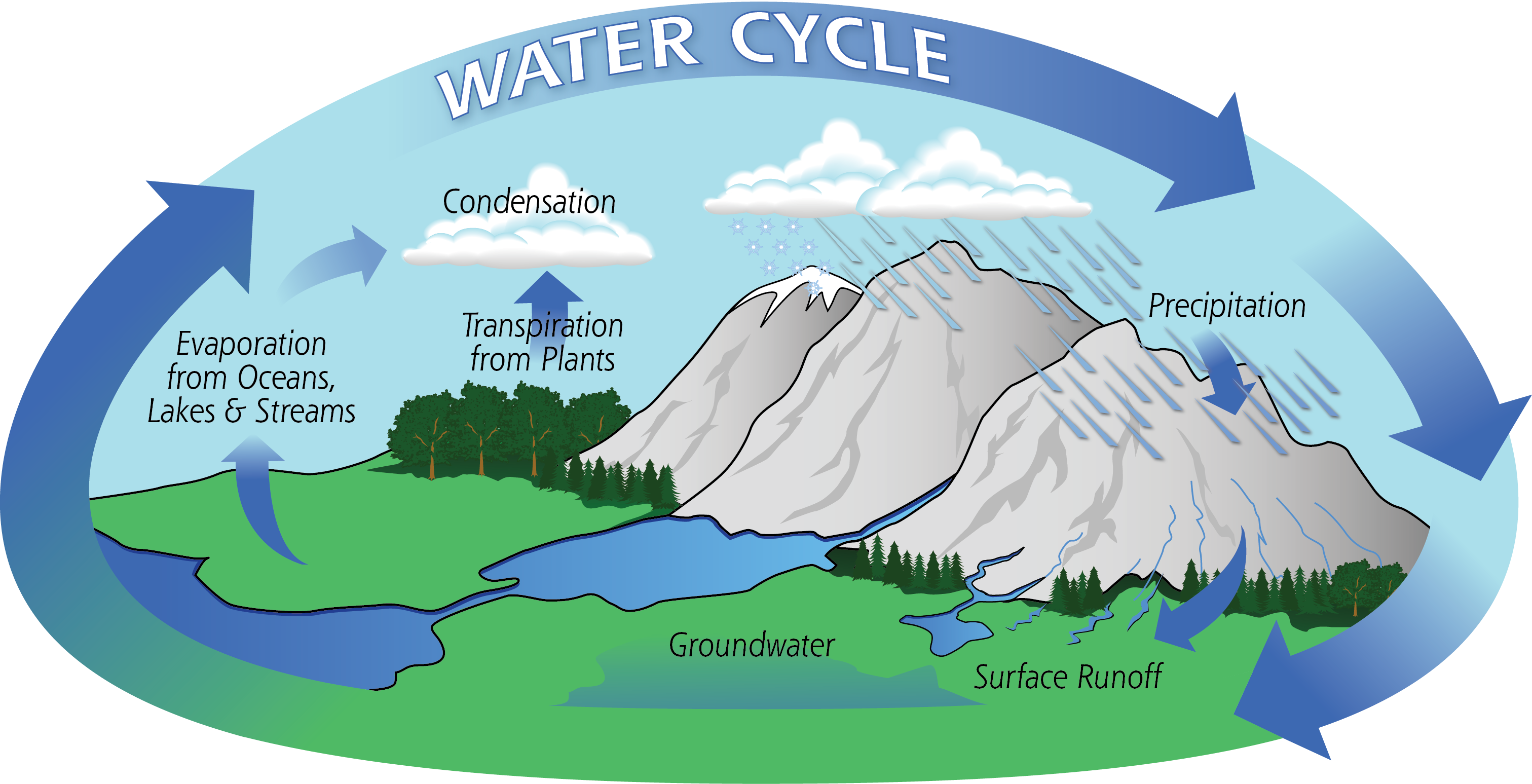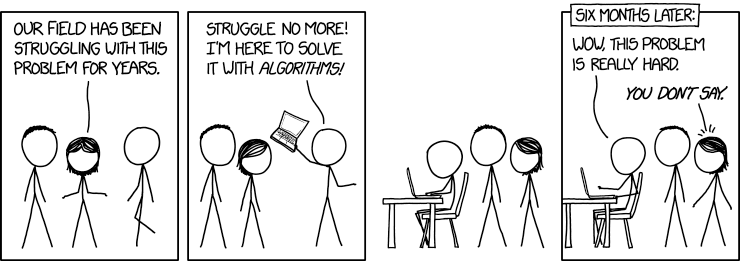Hi, everyone!
In this post, we are presenting a brief outcome of the first year of our project “Investigation of the water balance of the Small Aral Sea: characteristics of the modern dynamics and developing of the predictional methods” funded by the Russian Fund for Basic Research (grant number 17-05-01175).
History
In June 2016 we (Sasha Izhitskiy and Gosha Ayzel) had an expedition to the Aral Sea (not only the small one). This expedition had changed our lives and pushed us to the decision to apply for an “adult” RFBR series A grant. We considered our chances of winning as very low, but we were on a lucky side and in March 2017 we had to decide the general direction of reaching the crazy goals we placed in a grant application.
We have a plan
Thank God we had a plan!
As the first approximation of the sea water balance is quite primitive:

… we had decided to break the problem into two separate (but still coupling) parts:
- modeling sea water balance

- modeling the freshwater inflow (the Syrdarya River catchment water balance)
.jpg)
We will describe our approaches to model the whole Small Aral basin system water balance in details in next posts. If you cannot wait a couple of months, just read the part about inflow prediction in our first article.
Difficulties
This figure from the best comics series ever fully describes our first year:

We underestimated the difficulties with temporal and spatial data coverage for this region, inconsistencies in formats and data availability etc.
But working in extra times saved our lives (and reputation) and we could tackle most of the problems in time.
It seems like for modern research we need more technical skills than before, so there is some kind of Moore’s law in hydrometeorology: “Requirements to technical skills in the field of hydrometeorology grow faster than our ability to learn these skills”.
Future research directions
Our first year is an attempt to built project’s first minimum viable product for the Small Aral basin water balance predictions which couples both physically based and data-driven models and based on simple assumptions.
We hope that after our report evaluation the RFBR commission will prolong our funding and we can develop more complex models for accounting fine processes in a dynamic environment parametrization.